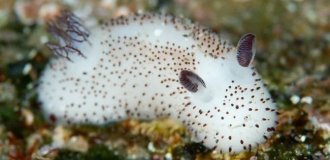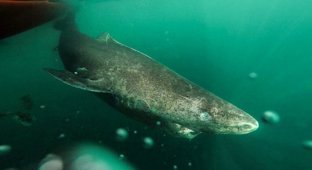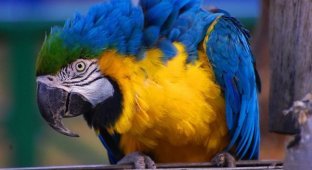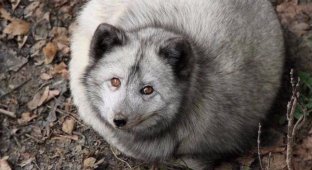Immortal organisms: these animals can only be killed by hunger (8 photos)
Of course, all animals are mortal. Changes in environmental conditions, malfunctions of cells, as well as the teeth of predators (or herbivores, if you are a plant) will sooner or later send everyone to the next world. But for some living organisms, the probability of death does not change throughout their lives - they do not die of old age. It is this phenomenon that is called biological immortality, or negligible aging. 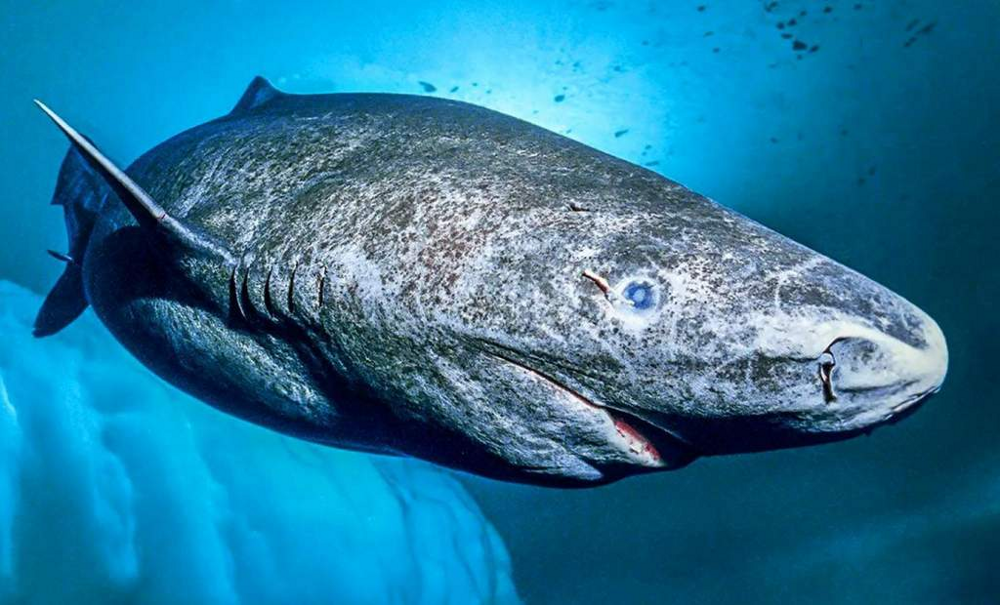
The featured guest of this article is the Greenland shark. She is not immortal, but she lives an incredibly long time for a vertebrate organism. These fish reach maturity by 180 years, pregnancy lasts from 8 to 10 years, and the maximum life expectancy is presumably 390 ± 150 years.
Purely formally, a huge number of single-celled organisms can be called immortal. It's all about their method of reproduction. During mitosis, the cell simply divides into 2 clones, and during meiosis, into 4 germ cells. Does the organism cease to exist? Undoubtedly. But did he die? No. Separate parts of the parent organism will remain to exist in the descendants and will be passed on to subsequent generations. 
Doubling the population without any sexual tricks. Some people are lucky.
But among the multicellular immortal animals, the cat cried: there are only a dozen species of them. Flatworms, also known as planarians, are able to restore telomeres - sections of DNA that gradually decrease during cell division. Our cells can do this too. Only now the worms can sculpt any organ of the body from stem cells anew. 
Take the immortal to food, you stupid shrimp!
So it turns out that planarians are invulnerable to aging. But the irony is that in the wild they live no more than 5 years. Stress, hunger and predators do not allow their impeccable regeneration to unfold to its fullest. 
How to make friends if you are a planarian? Cut yourself into a salad!
Turitopsis jellyfish is also often called immortal; it also knows how to repair its telomeres. But to do this, she needs to literally be reborn! When the body is in danger: unfavorable conditions or injury, the animal enters childhood. The jellyfish reverts to the embryonic stage and develops into a polyp, a sessile, asexual form of the animal. As soon as the polyp gets stronger, it will begin to rivet its clones.
According to research, this cycle can be endless. When returning to the embryonic stage, the jellyfish not only restores telomeres, it replenishes stem cells and gets rid of any injuries. Therefore, clones bud from the polyp in ideal condition, without problems with genetics or anatomy. 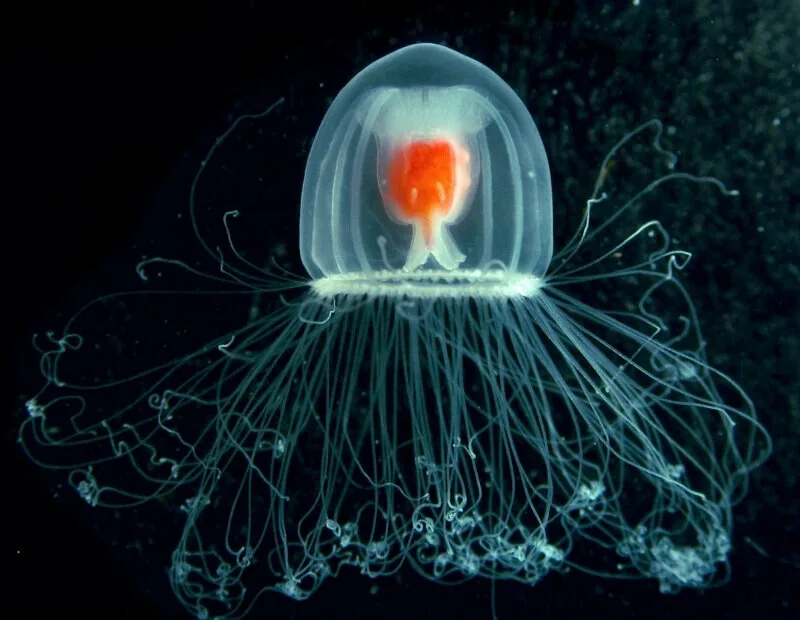
Turitopsis is only 5 millimeters long, but it is already immortal! This is determination!
However, such a life can be called immortality only if we equate the clone with the original organism. After all, a complete update is a one-time joke. A jellyfish that has turned into a polyp can produce new jellyfish, but is no longer able to become one itself. Sooner or later, the polyp dies from accumulated errors inside the body. And if you think about it this way, then there are immortals among vertebrates! 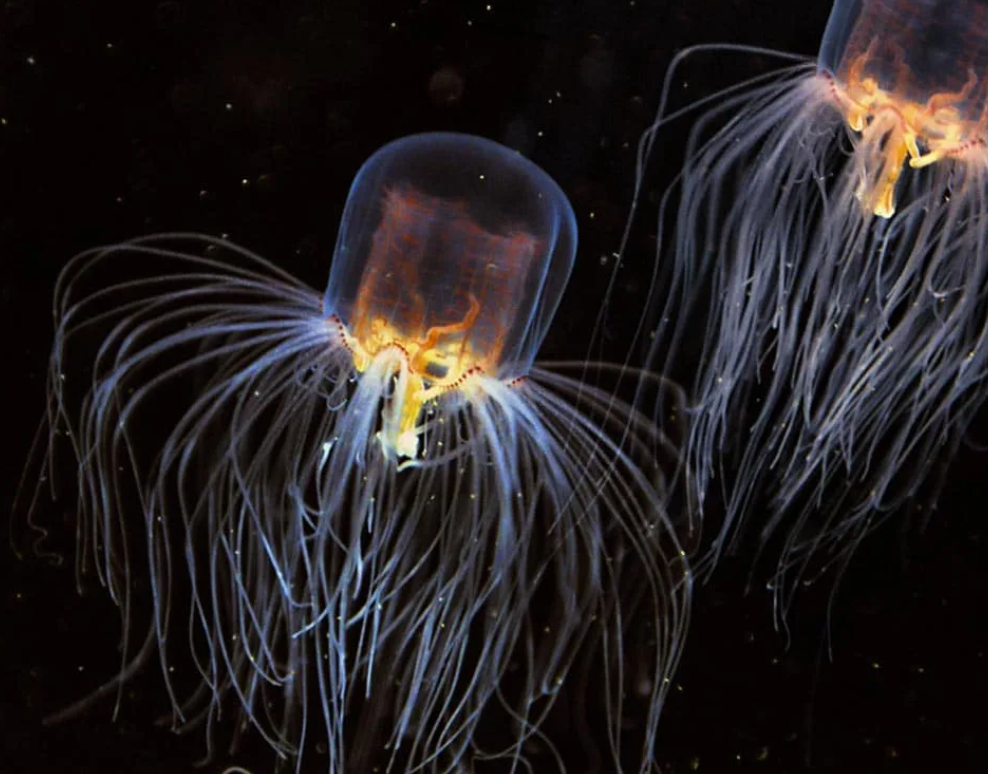
To be fair, these creatures do look like something immortal.
For example, Armenian rock lizards. Their entire population consists of females. How do they reproduce without the opposite sex? Through parthenogenesis! This is a phenomenon where a female creates a complete genetic copy inside her body without the participation of a male. About 10,000 years ago, reptiles mastered this method of reproduction so successfully that since then all their offspring are clones of the mother. 
Girlfriend, quit your tube! No men needed!
But the Antarctic anoxicalis sponges have come closest to immortality. Their age reaches 15 thousand years! This figure is the result of 20 years of research into the growth rate of sponges. However, some researchers suggest that the growth of anoxicalis sharply accelerates in years that are “fruitful” for plankton. But even in this case, they live no less than 600-800 years. 
In 20 years, this sponge has grown only a couple of millimeters! Just imagine how long it took her to reach that size!
There are several reasons for their incredibly long life, all of which are still unknown to us. Anoxicalis have an extremely slow metabolism. And the slower you are, the longer you live. In addition, in the region of their habitat they captured almost all possible territory. A low reproduction rate and longevity are an excellent way to maintain a leading position and prevent an overpopulation crisis. But what are the cellular mechanisms of a potentially immortal creature remains to be seen.









